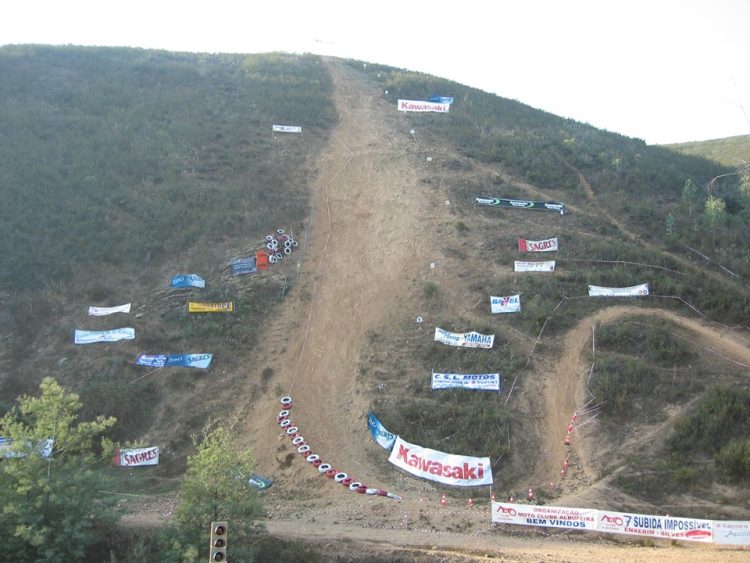When things mysteriously vanish in real life, sadly, there is always a scientific explanation behind it. And that includes Loughareema, the Vanishing Lake located on the coast road, a few miles from the town of Ballycastle, Ireland.
Irish lakes have always been the stuff legends are made of, and Loughareema is no different. At times, you could be driving down the entire stretch of the adjacent Loughareema road, go right to the middle of where the lake is supposed to be, and still not spot it. That’s because it conveniently vanishes from time to time. The trick to catching a good view of the Vanishing Lake is to be there at just the right moment. The lake actually drains itself out to such a degree that passersby wouldn’t even be able to tell that there was ever a lake in that very same spot. The secret behind Loughareema’s vanishing act is the fact that it sits on a leaky chalk-bed, a topographical feature called the ‘chalk ‘plug hole’. The hole sometimes gets jammed with peat, causing the depression to fill with water, which is when the lake is visible to all. When the plug clears, all the water in the lake drains underground at a rapid rate, so no one could ever know about its existence if they hadn’t seen it before.





















